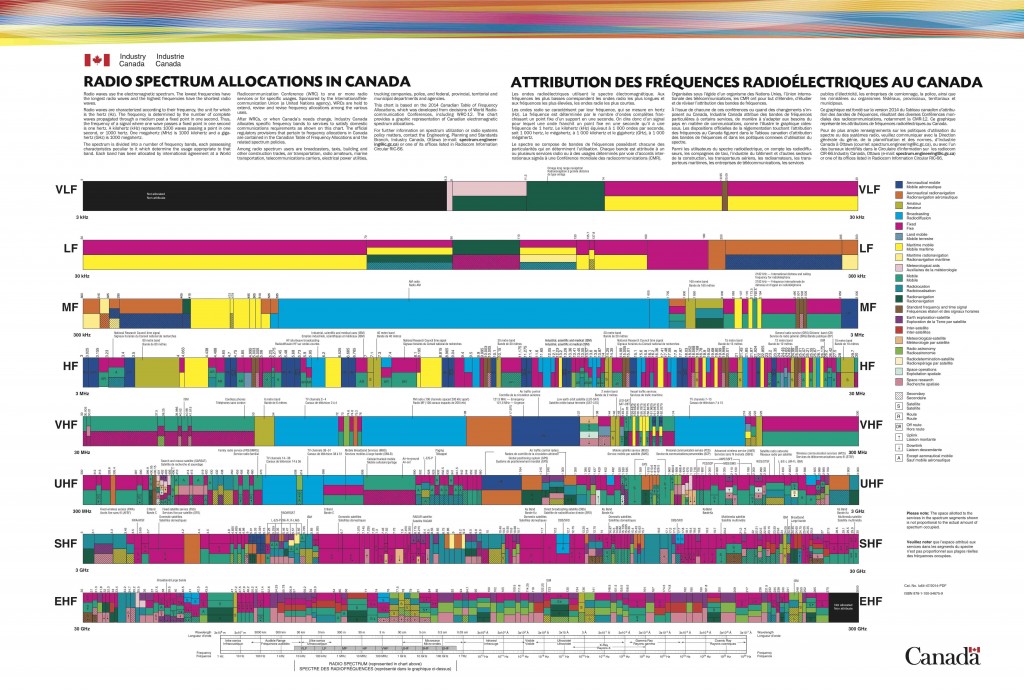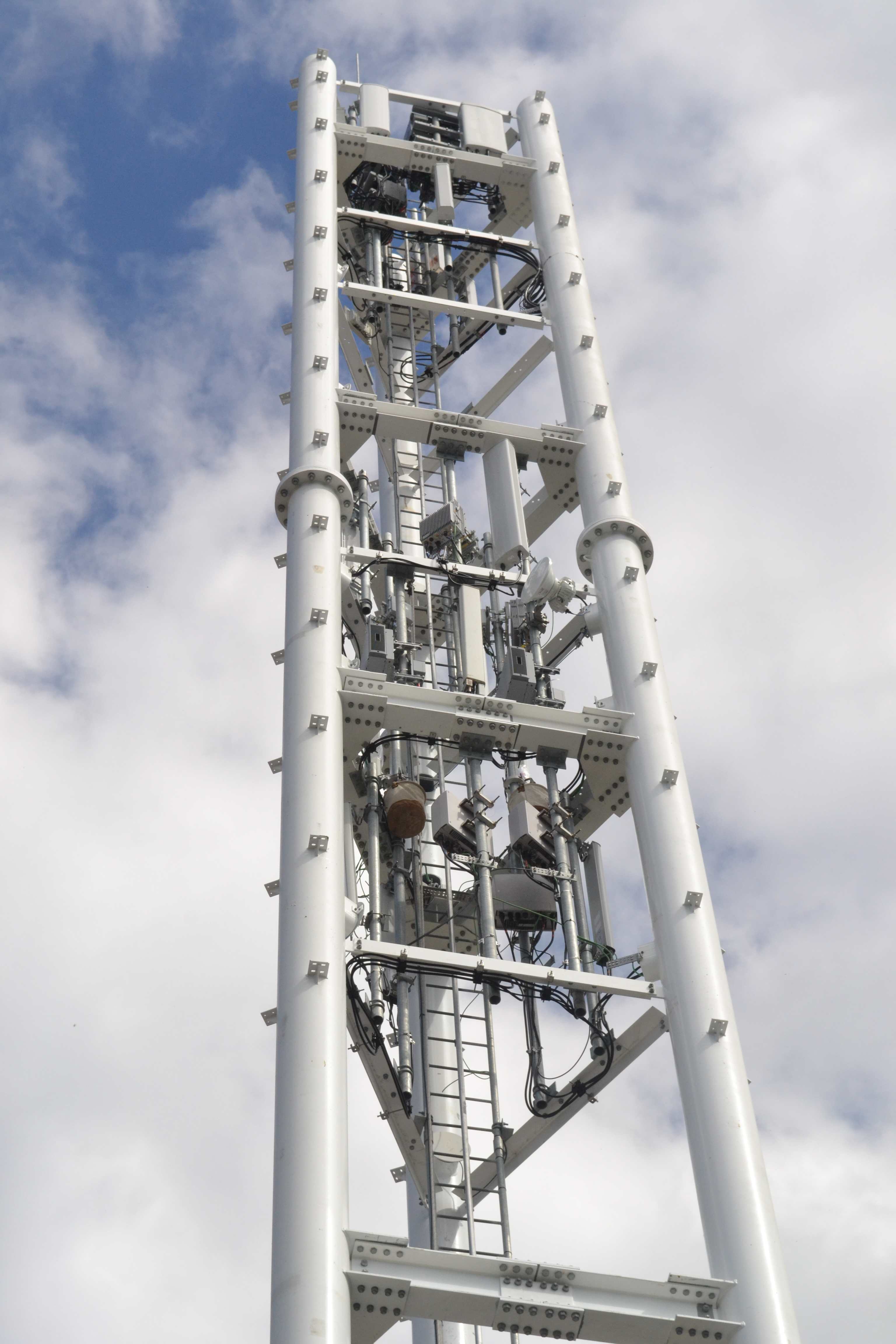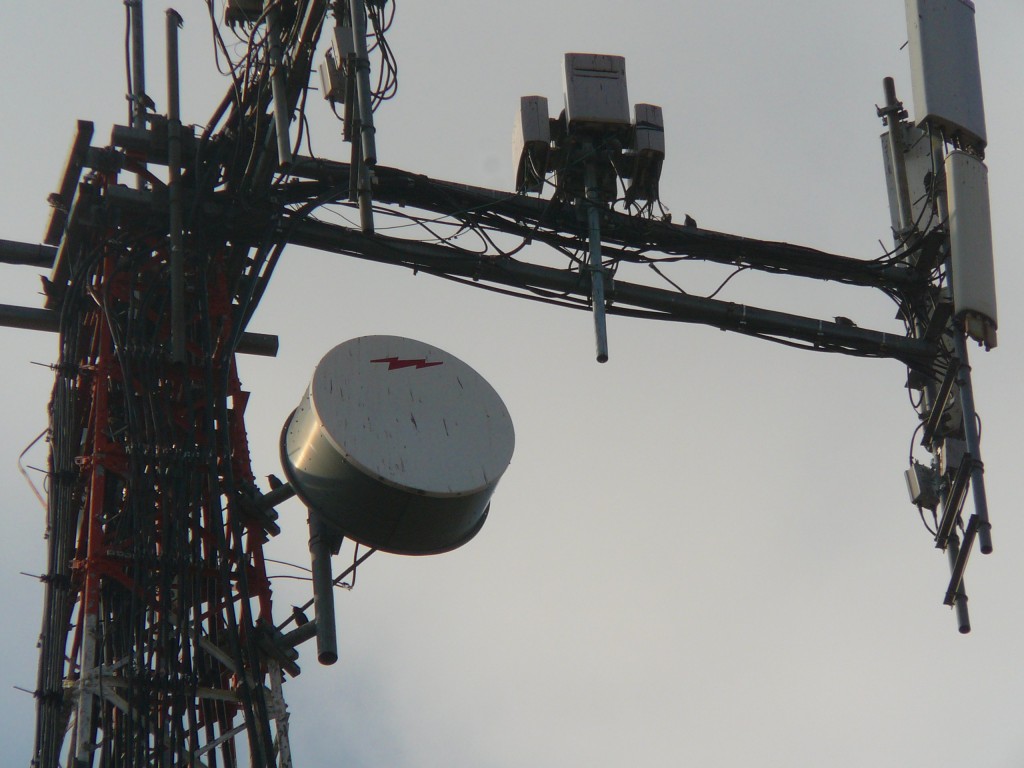On December 18th, 2014, Industry Minister James Moore announced a number of measures concerning spectrum for mobile communications in Canada. In fact, there were six different initiatives announced that are slated to take place during 2015. Not all spectrum is created equal though, so let’s take a closer look at the individual announcements.
Below are the 3500 MHz and AWS-4 announcements. For the AWS-3 and 600 MHz announcements, please see here. For the 3500 MHz and AWS-4 announcements, please see here.
5. Backhaul spectrum decision
Most wireless communication needs a wire, sooner or later. (Mesh and peer-to-peer networks are two examples of newer, limited, communication networks that do not.) Backhaul is the essential infrastructure that connects base stations to the core network of fixed and mobile telecommunication systems, or is used to interconnect remote sites and buildings across a wide range of industries. Backhaul can be composed of various technologies including fibre, microwave, satellites, cable, and leased lines (eg, copper telephone lines, DSL, etc). Fibre tends to be ‘the best’ backhaul technology due to large capacity and high reliability but wireless backhaul (generally in the form of microwave) is another critically important technology in remote/rural areas, for fast deployment of cells in urban areas, and to provide transmission across varied topography.
Microwave Dish (drum shape, center) used for Wireless Backhaul
The three primary user groups of backhaul are telecom & internet service providers; electrical utilities; and, broadcasters. With the growth of internet usage for both wired and wireless users, the introduction of smart grids and increase in (often remote) power generation sites, and changing needs broadcasters for video gathering and distribution at ever higher resolution, the demand for backhaul by all groups continues to increase. Industry Canada launched a consultation in December 2012 to explore spectrum utilization policies and technical requirements related to backhaul spectrum in various bands, with an emphasis on supporting the deployment of wireless broadband services across Canada.
In December 2014, the department announced a number of decisions that help modernize Canada’s backhaul regulatory framework, revising various existing spectrum utilization policies, regulations and technical standards. In addition, Industry Canada announced an additional 2100 MHz of backhaul spectrum including 500 Mhz in the 4 GHz band (great for rural/remote backhaul coverage) and 1600 MHz in the 32 GHz band (ideal for supporting urban backhaul capacity).
6. 24/28/38 GHz decision
This decision relates to the previous backhaul spectrum announcement, specifically providing a New Licensing Framework for the 24, 28 and 38 GHz Bands and Decision on a Licence Renewal Process for the 24 and 38 GHz Bands.
Parts of the 24 and 38 GHz band had been previously auctioned by Industry Canada in 1999. While some licensees have deployed backhaul using the spectrum, a number of them have either not met all the original deployment requirements or only partially deployed. Industry Canada noted that in recognition of an earlier lack of suitable and affordable equipment, Industry Canada provided a term extension and two deployment extensions. As such, only where all conditions of licence for the auctioned 24 and 38 GHz licences have been met, will licensees be eligible to be issued new licences.
Not all this backhaul spectrum was auctioned in 1999, as only 260 of the 354 licences were successfully awarded for Tier 3 Service Areas. Since then Industry Canada has awarded licences in the 24 and 38 GHz band on first-come, first-served (FCFS) site specific licences, which allowed carriers to obtain backhaul spectrum in limited areas to help fill network coverage gaps. Industry Canada will continue to use a FCFS site-specific licensing framework for all available spectrum (unassigned and returned) in the 24, 28 and 38 GHz bands. In addition, all spectrum in these bands newly licensed and renewed through the framework will be subjected to the Conditions of Licence, which include initiatives such as Mandatory Antenna Tower and Site Sharing that were not in place at the time of the 1999 auction.
Industry Canada: Canadian Table of Frequency Allocations 2014 


